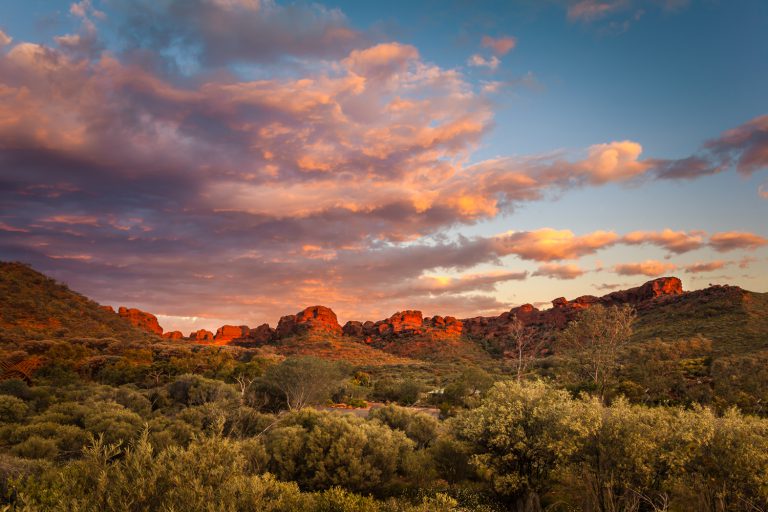As someone who has both cruised, driven and flown around this incredible country of Australia I am well aware of the incredible number of sites worth photographing in this amazing land, from snow-covered Snowy Mountains to the parched and dry Stony Desert.
As not all cameras can handle Australia’s wildly different climatic zones with heat, cold humidity, rain, dust, etc. it is worthwhile being aware of where you might be going.
The “Red Centre’ often has super fine red dust that gets everywhere, and I mean everywhere and into everything. I drove the Birdville track many years ago and I was still cleaning that dust out of my car ten years later!
The humidity of far north Queensland and the coastal areas of the North Territory can play havoc with delicate electronics.
The sheer heat of some locations including the aptly named “Sandfire” in north western, WA has the potential to kill camera gear without even having to switch it on.

And in in the snowy regions of Thredbo, Smiggins Holes and the aptly named Perisher during winter your gear can freeze quicker than you might expect.
Australia is a land of extremes if it’s not drought, its flood, if it’s not shark season it’s stinger season, etc., etc. and, personally, I wouldn’t have it any other way. That’s Australia.
If you are venturing into these areas a Fujifilm weatherproof camera will certainly stand up to anything the tough Aussie climate can throw at you. Having used Fujifilm cameras in deserts, rainforests, snow capped mountains and monsoonal rains all over the world, I am very confident they can handle pretty much any Earthly environment.
Remember, if you have purchased a weatherproof camera body a weatherproof lens is obviously a good idea too. It is also worthwhile ensuring you have a protection filter on each lens because repetitively cleaning lenses will be necessary and it’s better to scratch a replaceable filter that a front lens element.
Also ensure you choose the right lenses. A wide angle for sweeping landscapes, a lens for general shots and a telephoto lens for wildlife would all be useful in recording Australia’s beauty.
Try not to leave photographic equipment in locked cars in the sun. In Darwin I once opened my parked car to find the temperature inside was a baking 60° degrees Celsius – even weather resistant cameras have temperature limits!







